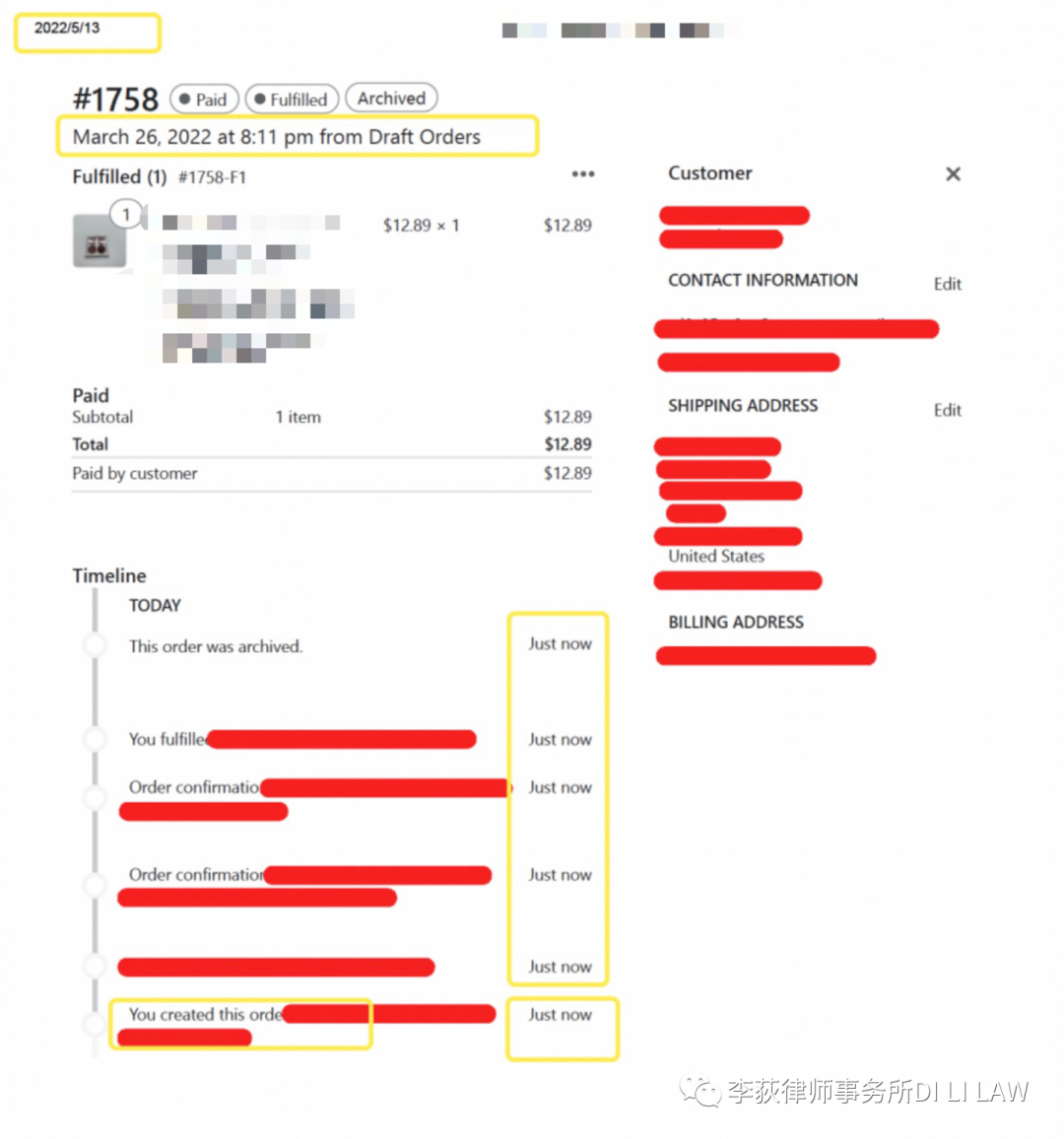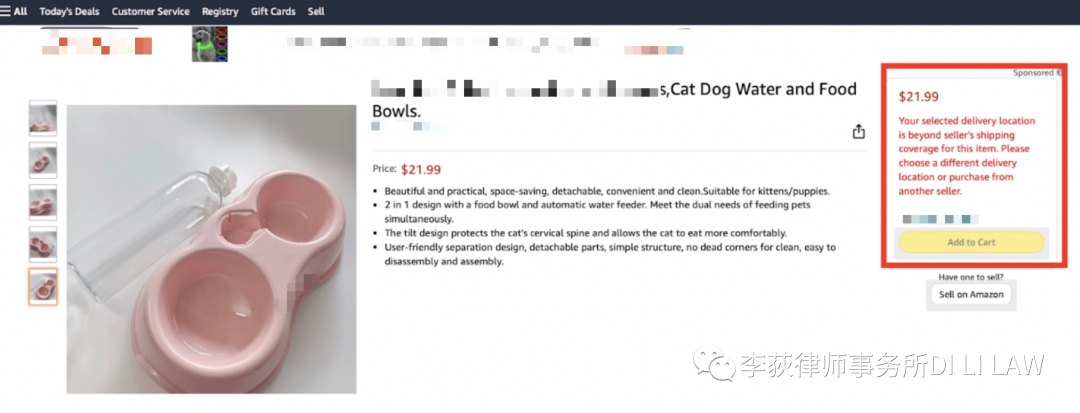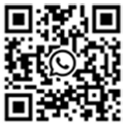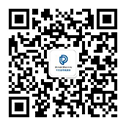Since March 2018, USPTO (hereinafter referred to as \u0026 amp; ldquo; trademark bureau \u0026 amp; rdquo;) launched \u0026 amp; ldquo; random review plan \u0026 amp; and \u0026 amp; ldquo; After the evidence reporting items \u0026 amp; rdquo; and after focusing on cracking down on false trademark applications or malicious trademark applications, the review standards for the authenticity of the evidence and the compliance of the application process have increased year by year.
\u0026 nbsp;
Except for the research report applied for China, clear punishment schemes for fraudulent applications, launching ExpUNGEMINT and Reexaminations New measures assist all sectors of society to report false applications and other actions. The Trademark Office is also increasingly strict in the daily review of new applications. Typical false evidence can be easily recognized by reviewers, resulting in unsuccessful applications. So how to avoid the trademark of the trademark \u0026 \u200b\u200bamp; ldquo; LDQUO; Line District \u0026 amp; rdquo; avoid making suspicious evidence from mistakes? Let's see what situations will be included in a highly suspicious range!
\u0026 nbsp;
Common types of evidence of American trademarks:
\u0026 nbsp; 1. Webpage Specimen: The web page screenshot sold by the product in the United States needs to include the name of the trademark name, the price of the product, the related information of the product, the website and the picture acquisition time.
2. Real shots of products with a trademark logo: The photos taken by the product in the actual American scene need to display clear product trademarks, and there should be no PS traces.
3. Product label, packaging: product label and packaging can also be used as evidence, such as tags of clothing, product packaging maps, etc.
4. Product sales records: Product sales records are powerful evidence of proof of the use of trademarks. Sales orders need to reflect other relevant information such as product price, transportation and delivery time, quantity.
\u0026 nbsp; False evidence instance: \u0026 nbsp;
1. Temporary website
\u0026 nbsp;
Temporary websites are websites established by some applicants to meet the requirements of the Trademark Office on the requirements of the webpage. Such websites have the following characteristics: (1) web design is extremely simple; (2) the product page has false sales records and product scores, and there is no customer evaluation; The following figure is an instance of a temporary website:
\u0026 nbsp;

\u0026 nbsp;
2. Fake orders
\u0026 nbsp; Fake orders are orders created by applicants themselves, which cannot reflect the real sales situation or prove that the product is actually sold in the United States. Fake orders are one of the evidence of the use of severe blows of the trademark bureau. The following figure is an example of such situations:
From this example, we can draw that the reason why such orders are reviewed are not in line with the sales of general commodities and the consumption habits of consumer scenarios. After all, no orders will be within one minute in one minute. Pay ordering and delivery, it is obviously inconsistent with the actual situation and the authenticity is not high. In addition, \u0026 amp; ldquo; drapt order \u0026 amp; rdquo; as the name suggests, is a draft order, which reflects the order of the order and is not genuine. This case of falsification is violated by the Trademark Office, and it is also the most taboo as an agent lawyer. 

\u0026 nbsp;
3. The goods are out of stock
[123 ] The situation of the shortage of goods is a situation that Amazon buyers are often encountered. In real operations, the product may be temporarily out of stock due to various reasons such as supply chain and time arrangement, resulting in the as follows \u0026 amp; ldquo ;urrently unavailable \u0026 amp; The words rdquo;. Although the situationIt is reasonable and difficult in operation, but the screenshots of this type of webpage directly reflect the fact that the product cannot be purchased at present, and it really cannot reach the trademark office \u0026 amp; ldquo; The trademark office adopted. \u0026 nbsp;
\u0026 nbsp;
4. 123]
\u0026 nbsp; 

According to the law, the use of evidence provided by the applicant needs to be transported and delivered to the United States, so that the applicant's trademark is already in In the United States, it has been put into use and generated real sales. The situation shown in the figure below cannot prove that the trademark has been sold in the US market.
\u0026 nbsp;
\u0026 nbsp;
The freight of goods usually affects one of the decisive factors for consumers to buy a certain product. For excessive freight, some examiners may consider it a manifestation of a product of shortage or trademarks that are not really put into use. As shown below, the shipping cost of $ 15.99 has nearly $ 10.00, which is not reasonable and doubtful.
\u0026 nbsp; Conclusion:
\u0026 nbsp; [[ 123] Trademark applicants often pay attention to product operations, but lack care of brand management, especially intellectual property maintenance. In the case of different trademark registration requirements and judgment standards, foreign applicants who register trademarks in the United States should pay extra attention to the legal compliance of the use of evidence. Each step of trademark registration is public data. The false evidence provided a few years ago is still likely to be reported by peers and official agencies in several or decades. Only every step of the trademark application can be done in a down -to -earth trademark application, and you can worry about the latter brand maintenance and intellectual property management.
The USPTO's USPTO's review of trademark applications has increased year by year. Sex responsibility. In the process of applying for a large number of applications, we found that many people still have a chance and ignore the strict requirements of the Trademark Office on the use of evidence SPECIMENS. EvenPeople promoted the service of the use of evidence for making trademarks, as shown below.Here I would like to remind readers that do not cooperate with companies that make fake evidence, do not provide false evidence to the trademark office, and do not have a chance.If it is really filed by the Trademark Office, the consequences are unimaginable. \u0026 nbsp;
I have always adhered to the attitude of zero tolerance for false use of evidence, not only published many many times Pu Polytes, emphasizing the strictness of the U.S. Trademark Office on the authenticity of the use of evidence.Requirements also remind customers that their use of evidence must be true, otherwise it will seriously violate the policy and regulations of the Trademark Office.Therefore, the type of false evidence mentioned in the article refuses to submit it.As a trademark lawyer, we must not only be responsible for customers, but also do our best to duty of candies.
 CHINESE
CHINESE ENGLISH
ENGLISH





